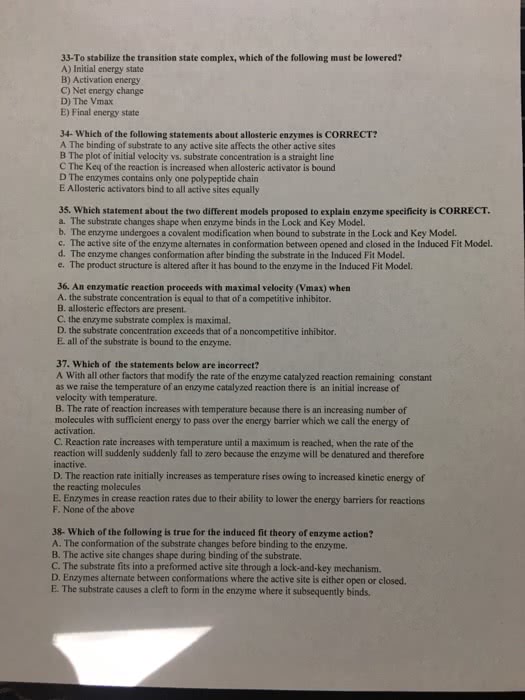BCCB2003 Lecture Notes - Lecture 7: Tyrosine, Amine, Phosphatase
Document Summary
How activity of enzymes is controlled: reversible, we can modify the enzymes affecting the rate at which the reaction proceeds: Binding of a modulator at one site will either: Covalent modification: mostly reversible, enzyme which catalysis transfer of phosphoryl group from atp to acceptor enzyme, used in almost every metabolic process in eukaryotic cells, enzyme which catalyses dephosphorolation of enzyme, phosphatase, phosphoryl group, donor molecule: Typically atp: terminal phosphoral group transferred to a specific amino acid residue on the enzyme, eukaryotes: Three possible acceptor residues: serine, threonine, tyrosine, only occurs intracellularly, example, phosphorylation, control the amount of enzyme that is present in the cell: Synthesis more enzymes when a greater activity is required. Knowing that enzymes present are degraded over time. Proteins are continuously turned over (continuous breaking and reforming of proteins) Enzymes usually have short life spans (quick responses): regulation is flexible to adapt to external signals in a variable environment.


